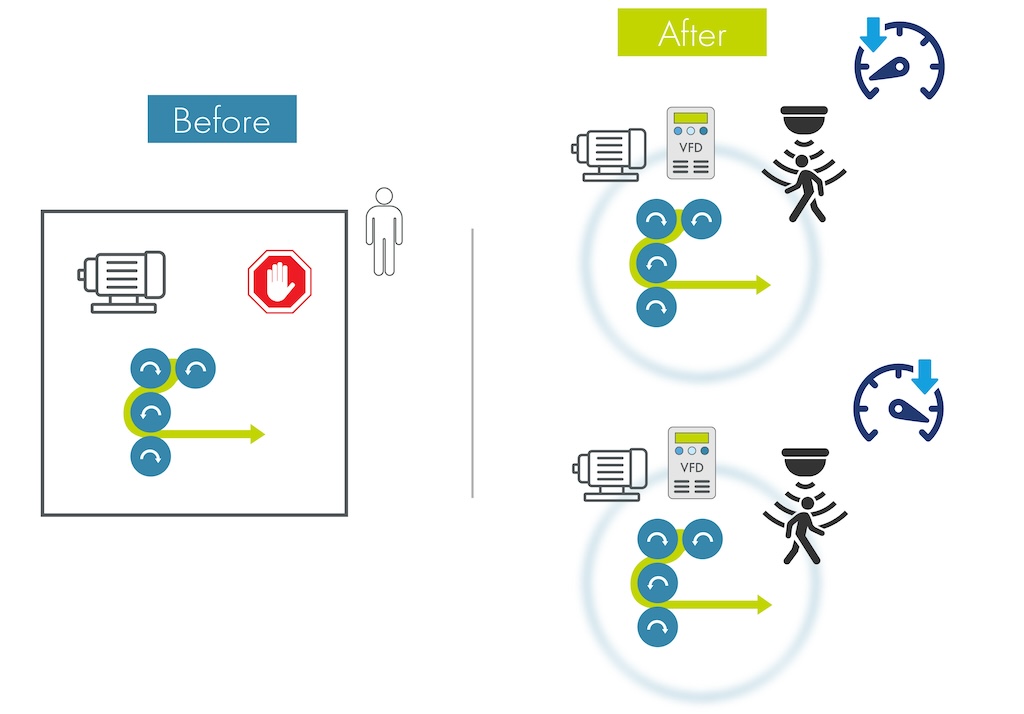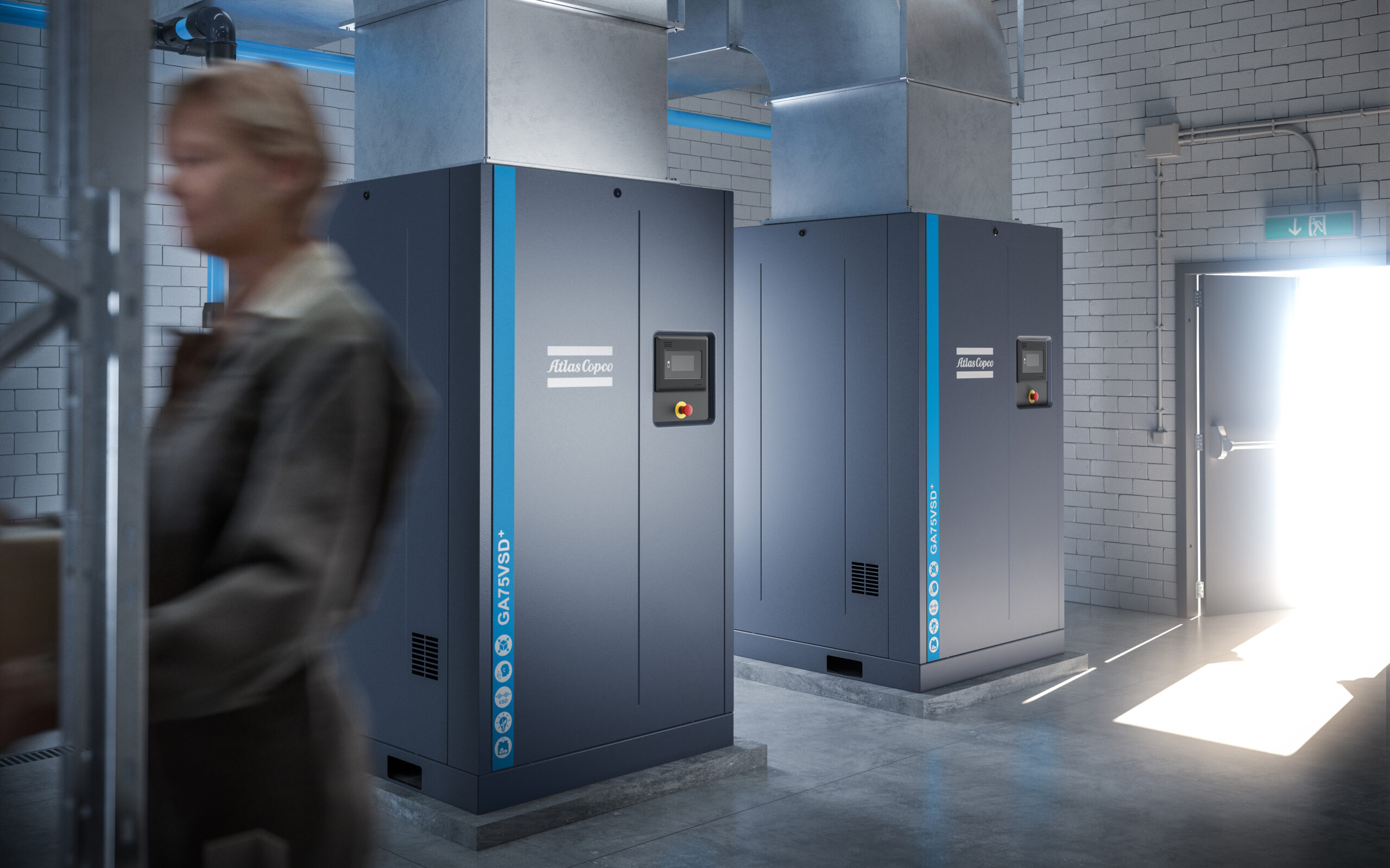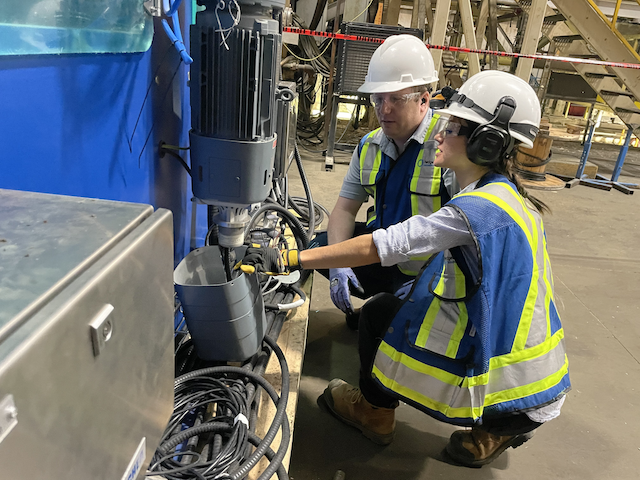Several options exist to mitigate harmonic problems in plants. Unfortunately, there is no one solution that fits all applications. Finding and choosing the correct option for your needs is the key. Otherwise, failure to reduce these unwanted electrical currents can result in problems ranging from overheating neutral conductors and transformers to inefficient operation of electronic equipment.
Several options exist to mitigate harmonic problems in plants. Unfortunately, there is no one solution that fits all applications. Finding and choosing the correct option for your needs is the key.
Otherwise, failure to reduce these unwanted electrical currents can result in problems ranging from overheating neutral conductors and transformers to inefficient operation of electronic equipment. Spurious alarms on variable frequency drives, PLC problems and computer lock-ups are common issues resulting from excessive harmonics in a distribution system.
Getting started
To determine the best solution for mitigating unwanted harmonics, start by investigating the equipment suspected of producing the bulk of the harmonic currents. Most often these are VFDs. Use measuring equipment to measure and analyze the frequencies and amplitudes of the harmonics. This is much simpler than it sounds.
Power quality analyzers and recorders measure and record these values, calculate the distortion of the original 60 Hz sine wave created by the harmonics and then allow for a data download to a PC for further analysis. The key parameter calculated by the analysis equipment is Total Harmonic Distortion. THD is calculated for both voltage and current. Once the measurement process is complete, the VFD manufacturer will help bring about a solution.
What is the best way to go about measuring the needed values? Simply measuring the amount of THD at one point in time and then purchasing a filter to mitigate these harmonic currents is probably not the best solution. The reason: the frequency and magnitudes of the harmonic currents being created by the VFD will typically vary as the load changes on the drive.
For example, a certain VFD may create many harmonics of relatively low magnitude when lightly loaded, but produce more prominent harmonic frequencies under heavy load. If harmonic data is recorded only once for a relatively short duration of time, chances are you will miss the data you need.
Filters, chokes and other devices used to mitigate harmonics are designed for certain harmonic and operational conditions. Selecting a filter to mitigate harmonics generated while the VFD is lightly loaded would most likely result in purchasing the wrong harmonic filter. You may find your most severe problems are generated at other times during plant operation.
Step by step
When looking for ways to mitigate harmonic issues, consider these tips:
-
Identify any suspected nonlinear equipment you think may be causing unwanted harmonics to flow into your distribution system. VFDs are they typical — but not the only — culprits.
- Setup a power quality analyzer or recorder to capture data. Connect the tool at the point at which the VFD connects to other system loads. This point is referred to as the Point of Common Coupling (PCC) in industrial facilities. While some recorders can be permanently installed, it makes sense to use a portable analyzer connected and safely placed inside of the appropriate electrical cabinet for the duration of the recording study.
- Always ensure proper electrical safety precautions are used when connecting and disconnecting this equipment.
- Record data for at least one plant cycle to ensure your data will capture the most severe harmonic occurrences. Obtain logs of plant operations and processes during this cycle to compare against your recorded data.
- Download data to a PC for analysis using the analyzer software. Then observe the harmonics created at various times during drive operation. Compare the harmonics data to operational data in the plant. Ask questions, such as, “During what plant events and operations are the harmonics creating the greatest distortion? What is the output load of my VFD at that point?” This will most likely be the VFD operational point at which you will correct for harmonics.
IEEE recommends that THD of the fundamental 60 Hz frequency at this PCC does not exceed 5% for voltage. Any THD values throughout the plant operating cycle approaching these limits should be carefully considered for corrective action. - If possible, try to correlate any plant problems experienced during the recording of harmonic data with the THD values and harmonic levels at that time. For example, if a PLC produces a spurious high temperature alarm on equipment at the same time the load changes on the VFD and a large motor starts in the plant, you may have just uncovered your harmonics problem. A filter designed for that particular VFD load may be your answer.
- Finally, to select the best harmonic mitigation solution, work with the manufacturer of the problem VFD. Through a series of questions and engineering analysis, your VFD supplier can help you determine the best solution to mitigate the unwanted harmonics.
The power quality analyzer should be connected at the Point of Common Coupling and data should be recorded for a period of time sufficient to ensure the most sever harmonic occurrences are captured. Power quality analyzers and recorders measure, record and analyze harmonic amplitudes and frequencies, calculate the resulting distortion and allow for data downloads for further analysis.
Randy Barnett is the training director and an electrical instructor for American Trainco Inc. With more than 35 years of industrial electrical maintenance and training experience, Barnett is also author of “Commercial and Industrial Wiring,” “Introduction to Electrical Maintenance” and numerous articles. He can be reached at [email protected] .



